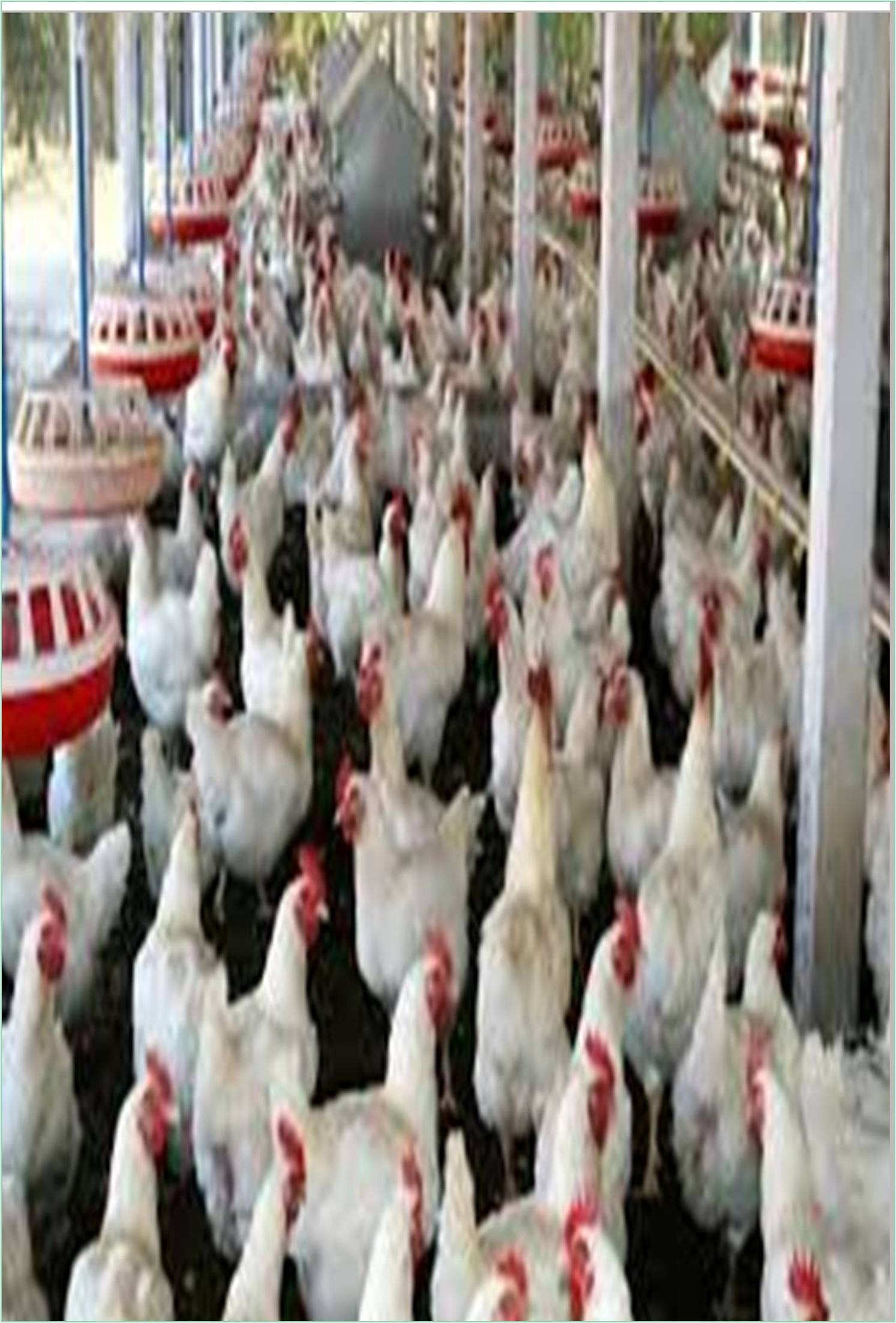



Received: 01-Feb-2022, Manuscript No. GJPFV-22- 60569 ; Editor assigned: 04-Feb-2022, Pre QC No. GJPFV-22- 60569 (PQ); Reviewed: 24-Feb-2022, QC No. GJPFV-22- 60569 ; Revised: 02-Mar-2022, Manuscript No. GJPFV-22- 60569 (R); Published: 08-Mar-2022, DOI: 10.35841/ 2449-1772.22.10.059.
The effectiveness of killed or live vaccines in preventing and controlling various diseases related to chickens is well established. Complete cure or eradication of many infectious agents is still a distant dream. Furthermore, the shortcomings of conventional vaccines have forced researchers to create new alternatives, of which nucleic acid vaccines are the most promising. Vaccination with DNA has the potential to be genetically integrated and translate into a protein, making it one of the most promising novel immunization methods against pathogens, for which conventional vaccines are less effective. The benefit of DNA vaccines and their benefits have been dubiously proven. As the poultry industry expands, there is a great need to improve production capacity, which is directly dependent on disease prevention, which herds often encounter. However, the poultry industry is gradually being threatened by more serious pathogens, causing damage to the sector due to exotic and emerging diseases. Avian respiratory diseases are mainly caused by mycoplasma, viruses and bacteria. Mycoplasma, viruses, and bacteria are the most common causes of avian respiratory illnesses.
Poultry suffers from many infectious diseases such as Newcastle Disease (ND), Infectious Bursal Disease (IBD), Infectious Bronchitis (IB), and Avian Influenza (AI). Both inactivated and live vaccines are widely used against these diseases, although these vaccines are associated with their inherent adverse effects. Several studies have shown that DNA vaccines are effective in providing protection against infections in chickens. Furthermore, since the DNA vaccine encodes antigenic protein (s) in the absence of live pathogen, it can help prevent problems associated with reversible virus, divergent mutants, and reduce environmental pollution. Antigenic protein encoding used in chicken DNA vaccines are molecular adjuvants used to increase the potency of vaccines along with pathogenic genes.
DNA vaccines contain genetic (s) encoding for one or more antigenic proteins that offer many advantages over conventional vaccines. In the DNA vaccine, the expression of antigens in the target host is more closely similar to that of native pathogenic epitopes, thus preserving protein structure and antigenicity than conventional vaccines. Furthermore, DNA vaccines can effectively induce humoral and cellular immune responses to protein antigens and are thus effective against a wide variety of pathogens. However, the success of DNA vaccination in birds depends on a number of factors, including their effectiveness. They should be relatively inexpensive, easy to maintain and stable under field conditions. In addition, since poultry are also food animals, the presence of vaccine residues in the relevant tissues is undesirable. This is prevented by using subcutaneous or intradermal pathways instead of the intramuscular route.
Several studies have shown that DNA vaccines are effective in providing protection against infections in chickens. Furthermore, since the DNA vaccine encodes antigenic protein (s) in the absence of live pathogen, it can help prevent problems associated with reversible virus, divergent mutants, and reduce environmental pollution. The antigenic protein encoding pathogenic genes used in chicken DNA vaccines along with the molecular agents used to enhance vaccine efficacy. Plasmid vectors are easy to build and can be produced in large quantities faster and cheaper than conventional vaccines. In addition, only the small size (micrograms) of the plasmid vector can provide multiple antigens in a single shot, providing immunity against many pathogens at once. All of these factors significantly reduce the cost of vaccination. The effect of DNA vaccines can be further enhanced by the incorporation of molecular adjuvants such as TLR (toll-like receptor) ligands and cytokines. Important examples of TLR ligands are CpG (TLR21) and flagellin (TLR5) and cytokines such as IL-12 and IFN. Several studies have reported control of the immune response when TLR ligands and cytokines are given in addition to the DNA vaccine.
In the future, various avenues such as topical application will be researched and appropriate delivery vehicles will be used to enhance immunity to the DNA vaccine and enable effective antigen presentation to make them viable in poultry. Taking advantage of a variety of immune modulators, such as cytokines and co-sternolytic molecules, is another option for developing a safer, cheaper, and more effective DNA vaccine and the research aimed at ways to protect plasmid DNA from in vivo degradation and to improve transfer efficiency in host cells. If potency can be improved by using such multivariate options, DNA vaccines can stimulate a longer immune response, which may be for active immunity against various infectious diseases of birds.